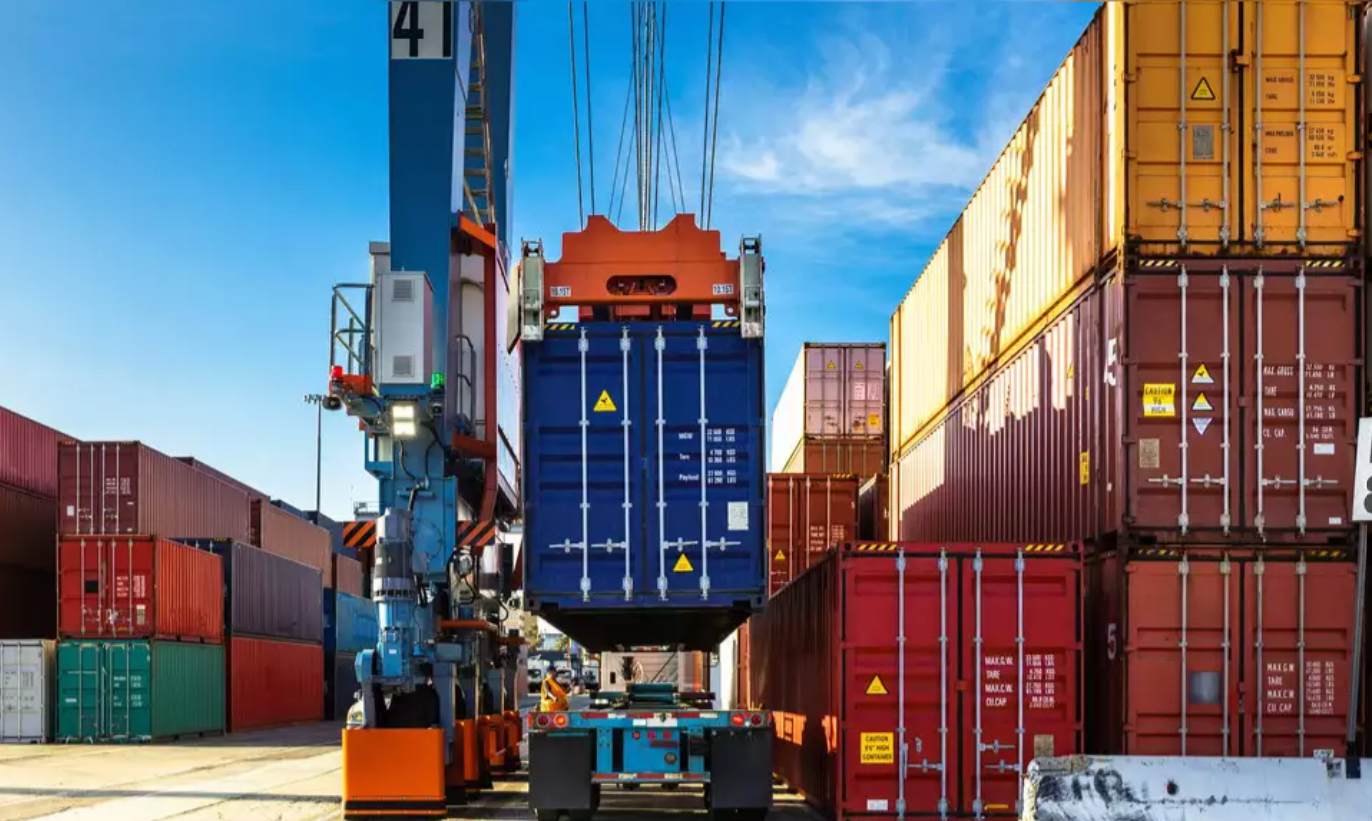

ICRA stated that the anticipated European Union carbon tax would likely minimally affect domestic primary aluminium producers. The Carbon Border Adjustment Mechanism (CBAM), analogous to a carbon tax functioning as an import duty, is slated to be enforced from January 1, 2026.

ICRA Limited is India's independent and professional investment information and credit rating agency. Established in 1991, it was initially named Investment Information and Credit Rating Agency of India Limited.
ICRA stated, "The Carbon Border Adjustment Mechanism (CBAM) ruling on exports to the European Union (EU) will have a limited impact on the domestic primary aluminium producers. This is because the present notification covers the financial impact w.e.f. January 1, 2026, on direct process-related emissions only, excluding indirect emissions, which contribute 80 per cent to the total emissions in the primary aluminium production process."
The primary source of indirect emissions stems from electricity production utilised in smelting. In the fiscal year 2023, India shipped approximately 0.7 million tonnes, which accounted for 24 per cent of its exports, of primary aluminium to European nations. Unlike steel, it's anticipated that the carbon tax won't significantly affect the export competitiveness of domestic primary aluminium producers. Jayanta Roy, Senior Vice-President and Group Head of Corporate Sector Ratings at ICRA, stated that the taxes from the Carbon Border Adjustment Mechanism (CBAM) are projected to range between USD 50-140 per tonne from 2026 to 2034. This would represent 2-6 per cent of the current aluminium prices.
If indirect emissions are factored in the future, the impact could be severe, constituting 27-30 per cent of current aluminium prices. This is due to domestic entities' significant reliance on coal-fired power plants for electricity.
However, it differs from the European Union, where there's been a shift towards hydroelectric power, resulting in nearly 60 per cent lower carbon intensity. The European Union, the world's second-largest consumer of aluminium, enacted CBAM regulations in May last year. These regulations set the stage for implementing taxes on embedded carbon imports across six sectors, including aluminium, steel, cement, hydrogen, electricity, and fertilizer.
During CBAM's 'Transitional Phase', which spans October 1, 2023, to December 31, 2025, the emphasis will lie on carbon reporting for EU importers, albeit without any financial adjustments. However, by January 1, 2026, EU importers must procure CBAM certificates reflecting embedded emissions exceeding EU Emission Trading System (EU-ETS) benchmark levels. These certificate prices will be tethered to the weekly average carbon prices within the EU-ETS.
Responses








